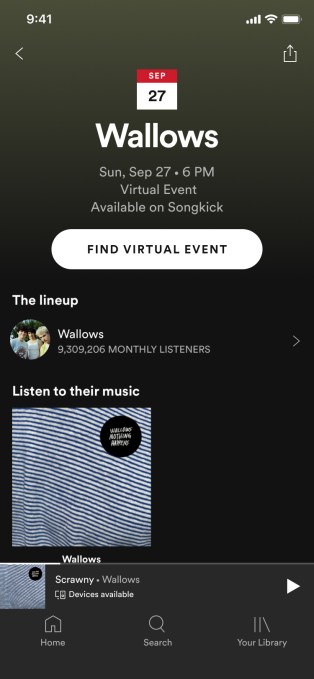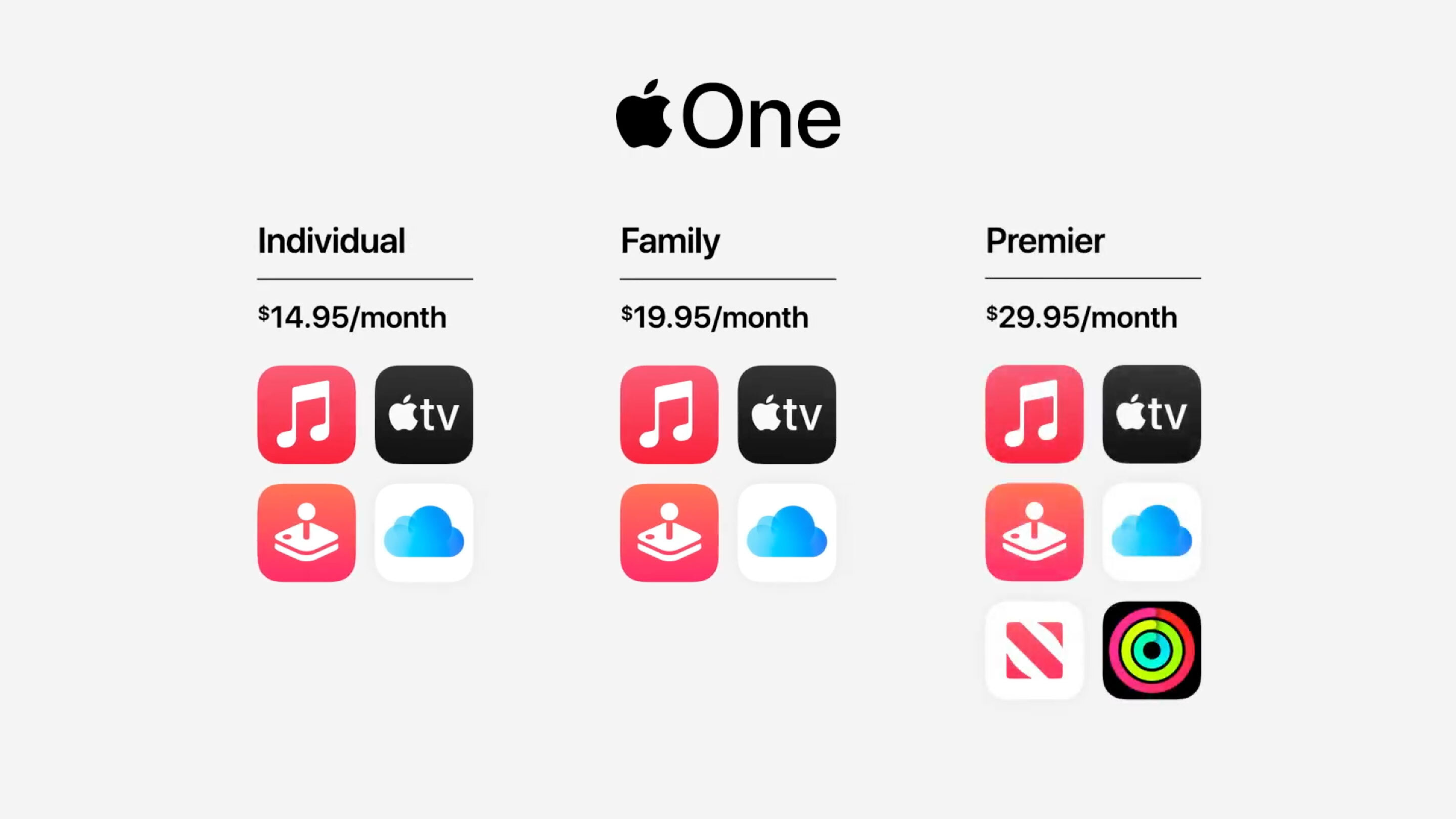Jeff Fluhr is a general partner at
Craft Ventures, the founder and former CEO of StubHub and is an expert on building marketplace companies.
Over the last several months, we’ve seen dramatic swings in the demand for healthcare across the country. While hospitals in some cities were overwhelmed by an influx of COVID-19 patients, others sat empty — and in many cases experienced financial distress — as patients postponed elective surgeries and care for non-life-threatening matters. Cities went from relative safe zones to dangerous hotspots and back again within a matter of a few months.
This “COVID-19 whipsaw” has brought into focus a problem that has long been simmering in healthcare: The movement of labor is highly inefficient. We need a new paradigm in healthcare labor markets.
The pandemic has exposed systemic vulnerabilities
Early in the pandemic, many clinicians moved across state lines to answer Governor Andrew Cuomo’s calls for help in New York, only to be told upon arrival that their contracts had been canceled because the hospitals had overestimated their need. The imbalance of nurse and physician labor across states, which existed well before the pandemic, reached a terrifying apex during the height of the pandemic. In some parts of the country, clinicians were being furloughed or laid off, while in others they were stretched to their full capacity working around the clock to save lives. With each month came new hotspots — New York, Detroit, Miami, Phoenix, Los Angeles — and with each new hotspot a near disaster caused by a shortage of healthcare workers.
The marathon of addressing COVID-19 has imposed severe stress, depression and anxiety on our nation as a whole, with our healthcare providers at the epicenter. Clinician burnout was a serious issue even before COVID-19, but it has only gotten worse in recent months, especially for those working in geographic hotspots.
Healthcare workers across the country have found themselves delivering care for a high volume of acutely ill patients, often with severely limited supplies of personal protective equipment (PPE), magnifying their own risk. Many have watched colleagues fall sick and even die, while others have been asked to ration patient care. Multiple studies have highlighted increased instances of depression, anxiety, insomnia and psychological distress amongst frontline workers, and some clinicians have even taken their own lives.
Challenges with the legacy staffing model
Prior to the pandemic, our healthcare system had long dealt with seasonal and geographic differences in healthcare demand. Flu season, for example, causes more demand for healthcare in December than July. Florida experiences more demand for care in February than June because snowbirds migrate from the northeast in the winter and bring their healthcare needs with them.
In the past, temporary or contingent workers — travel nurses, per diem nurses and locum tenens doctors — helped to balance supply of labor with the seasonal and geographic peaks and troughs in demand. Staffing agencies worked with these temporary clinicians to match them with opportunities at hospitals, ambulatory surgical centers, long-term care facilities and other providers. Many people don’t realize that temporary clinicians are an important part of the healthcare workforce. Estimates are that supplemental staffing accounts for more than 30% of total nursing hours in the U.S.
Staffing agencies, however, cannot scale for pandemic scale events because they are using outdated tools and processes. Recruiters at staffing agencies make phone calls and send emails to communicate with the clinicians who are frequently annoyed by inconvenient and unwanted solicitations. More importantly, these tools are not fast enough when we experience sudden unpredicted spikes in different geographic areas like those in the past six months.
Outdated regulations are partly to blame. Licensure for nurses is handled state-by-state, which creates obstacles that prohibit nurses from working in states where they are not licensed. There are approximately 35 states that are part of a licensing compact that offers mutual recognition, but many of the largest states and those hit hardest by the early days of the pandemic — like California, New York and Washington — are not part of the compact. In California, it takes six weeks on average to get a license for an out-of-state nurse, a number that has not budged even as the state’s COVID-19 cases have skyrocketed.
Some states that are not part of the compact have used executive actions or emergency declarations to allow nurses to cross state lines, but many of those are now expiring and were never meant to be a long-term solution. The pandemic has highlighted the need for new regulations as part of the solution described below that allow for a more fluid movement of clinicians across state lines. Are patients and diseases in California really that different from the patients and diseases in Texas such that we need different regulatory standards and license requirements in each state?
The solution: A vertical marketplace for healthcare workers
We need to move beyond the antiquated staffing agency model to facilitate a more rapid response, a better clinician experience and more efficient matching. The good news is that we are starting to see companies addressing this problem with a software-centric model: the vertical labor marketplace. Some examples of these marketplaces include Trusted Health and Nomad Health.
Like StubHub, the company I started 20 years ago, these marketplaces use the power of the internet to connect supply with demand. In the case of these healthcare labor marketplaces, the clinicians make up the supply while the hospitals and other care facilities make up the demand. Rather than scouring the job boards for individual hospitals or fielding calls from recruiters, clinicians can see all available positions that meet their skills and experience, along with compensation and other job details. They can check the marketplace when it is convenient without getting inundated by phone calls or emails.
Clinicians can use the marketplaces to come in and out of the labor pool as they wish. This helps to reduce stress and increase work-life balance before burnout sets in. Some nurses might choose to leverage the marketplace to move to Florida in the winter to serve the snowbirds while others may choose to take the summer off and work during flu season. The marketplace also creates financial opportunities for underutilized clinicians by better allocating their labor to geographies and hospitals that need them. Hospitals and other providers benefit from these simple-to-use cloud-based marketplaces that allow them to quickly ramp up capacity when they need it most.
The system needs more contingent workers
In the staffing agency paradigm, when an independent hospital experiences a spike in demand it must work with a staffing agency to bring in temporary clinicians quickly. A multihospital health system has the advantage of being able to move clinicians from lower demand hospitals to a sister-hospital that is experiencing an unexpected peak. A widely adopted national marketplace would theoretically have an even greater advantage because its broader visibility across more hospitals would allow it to move resources from hospitals with excess capacity to those with the highest demand, even if the two hospitals are unaffiliated.
There have been heroic doctors and nurses who have volunteered to move to areas with the highest demand. However, hospitals and health systems are not incentivized to lend out their doctors and nurses to nonaffiliated hospitals. Therefore, the solution requires more clinicians to be in the contingent workforce (like travel and per diem nurses). If the mix between contingent nurses and permanent nurses were 70/30 instead of 30/70, peaks and troughs would be more easily handled since a larger percentage of the resources would be shared across a larger network of hospitals. The marketplaces would have an even greater impact on our society because they would be able to allocate even more resources to the hospitals with the most acute needs.
There are two possible sources of additional contingent workers. First, permanent healthcare workers may decide to terminate their affiliation with a single hospital or health system in favor of contingent work because they are attracted to the flexibility. Second, workers in other industries may choose to enter the healthcare industry because it provides more options for contingent work. Regardless of the path, an expansion of the supply of contingent healthcare workers is a necessary part of the solution.
A side benefit: Stronger financial health for our hospitals
During the pandemic, patients across the country chose to postpone many elective surgeries and non-life-threatening procedures because they were scared of contracting the virus at the hospital. As a result, hospitals lost revenue from profitable elective procedures. Because hospitals have huge fixed costs (salaries are a big component), the government has provided tens of billions of stimulus money for hospitals in financial distress.
In addition to all the other benefits described above, a more widely adopted vertical labor marketplace for healthcare workers would provide relief to hospitals by shifting a larger portion of clinician labor from a fixed cost to a variable cost. Hospitals would have a smaller number of permanent employees and a larger number of temporary contingent workers. When demand drops, hospitals would use fewer contingent clinicians. When demand rises, they could tap into the marketplace to bring on more capacity.
A marketplace approach to America’s healthcare and its clinicians is long overdue. While the pandemic magnified our current system’s vulnerabilities, they have been there all along. By leveraging the technology and marketplace paradigm that has made so many other industries efficient, we can improve not only our healthcare system and clinician quality of life, but also our hospitals’ bottom line. Let’s galvanize the collective distress COVID-19 has created and use it to pioneer a more efficient model for all.
* Craft is an investor in Trusted.









